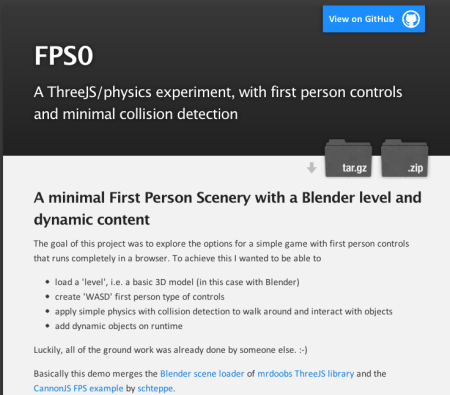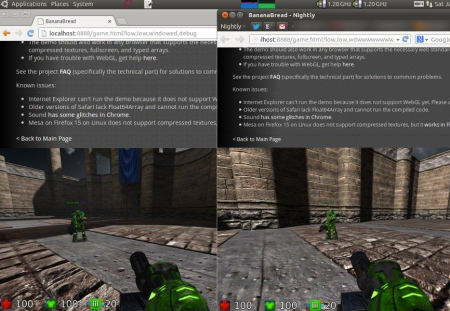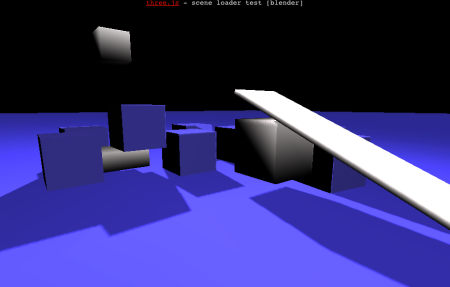…an HTML5/CSS3/JavaScript Game Developer, that is?
Turns out you have various choices to proceed.
0) Develop your own JavaScript game engine – NOT. There’s a plethora of game engines out there already. I checked a couple of them out today and even if you choose to develop your own, be aware there might be one out there that very well suits your needs. There’s a comprehensive list here and if something is missing you can add it there like I did today.
1) Try to avoid JavaScript altogether (I wouldn’t blame you), use an existing C/C++ game engine and compile it with Emscripten. I covered Emscripten before and if you are into C/C++ programming already, this might be the way to go – especially if you want to avoid a programming language that was developed in ten days.
2) Use Turbulenz which went open source this week. From my experiments today it’s a game engine done right – it has a building tools (written in python – yay!), it has tons of features and (gasp!) loads of documentation. The thing that bought me was the fact that I had no problems to install and run it and especially the impressive performance of this Quake 4 asset import:
3) If options 1 to 2 are too heavy then – again – I recommend to check out the list that I mentioned above. The library I intend to check out is the iio engine (that’s the one I added) and I also intend to write tutorials on using it in the near future aimed at people starting out on JavaScript games (if you are interested, leave a comment).
4) If you just want to start without any installation – the Pixieengine is an online IDE (editor) and you can develop right away from inside your browser (and export it or embed an iframe if the environment allows it).
So get out there and roll the bones!



 Posted by Dirk
Posted by Dirk 



